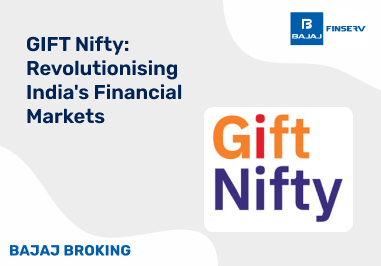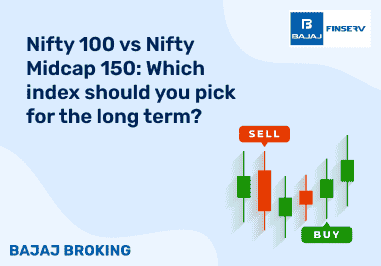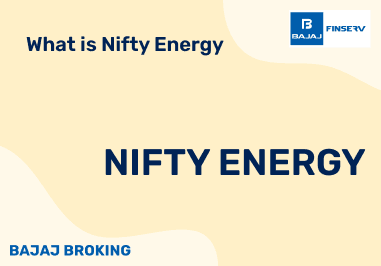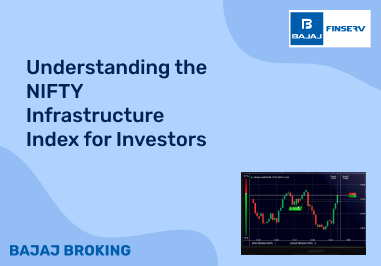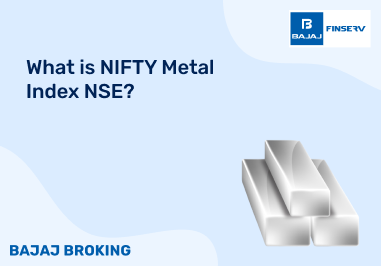An Overview
The Indian financial sector is one of the most dynamic and diverse in the world, comprising banks, financial institutions, housing finance, insurance companies, and other financial services providers. The sector plays a vital role in the economic growth and development of the country, as well as in providing financial inclusion and stability to the masses.
However, investing in the financial sector can be challenging, as there are many factors that affect the performance and valuation of the companies in this space. These include macroeconomic conditions, regulatory changes, interest rate movements, credit quality, competition, innovation, and customer preferences.
What is Fin Nifty?
To help investors gain exposure to the financial sector in a simple and efficient way, the National Stock Exchange (NSE) has launched a new index called Fin Nifty, or Nifty Financial Services Index. This index is designed to reflect the behaviour and performance of the Indian financial market, excluding the banking segment. It consists of 20 stocks that are listed on the NSE, representing various sub-sectors such as insurance, housing finance, asset management, and non-banking finance companies (NBFCs). It is computed using the free float market capitalization method, wherein the level of the index reflects the total free float market value of all the stocks in the index relative to particular base market capitalization value.
Why Fin Nifty?
Fin Nifty offers several benefits to investors who want to invest in the financial sector, such as:
Diversification: Fin Nifty provides exposure to a broad range of financial services companies, covering different segments, products, and customer segments. This reduces the concentration risk and enhances the portfolio diversification.
Growth potential: Fin Nifty captures the growth potential of the financial sector, which is expected to benefit from the rising income levels, urbanisation, digitalization, and financial literacy in the country. The companies in the index are also well-positioned to leverage the opportunities arising from the structural reforms, such as the Insolvency and Bankruptcy Code, Goods and Services Tax, and Aadhaar-based identification system.
Liquidity: Fin Nifty comprises liquid and actively traded stocks, which ensures easy entry and exit for investors. The index also has a high correlation with the broader market indices, such as Nifty 50 and Nifty 500, which makes it suitable for hedging and arbitrage purposes.
Transparency: Fin Nifty follows a clear and objective methodology for selecting and weighting the constituents, based on the free-float market capitalization approach. The index is rebalanced semi-annually, and the changes are announced in advance. The index values are calculated and disseminated in real-time, and the historical data is available on the NSE website.
What is The Index Methodology?
Constituents of the Nifty 500 such as banks, financial institutions, housing finance, and other financial services are a part of FINNIFTY.
Amongst eligible universes, weightage of each sub sector is factored in based on the average free float market cap is calculated.
The 20 companies are selected in a manner that the weightage of selected constituents closely matches the sub-sectors.
Preference within sub-sectors is given to companies who are available for trading in the NSE F&O trading segment.
Companies are included if the average free float market cap is 1.5 times the average free float market cap of the smallest index constituents.
Weightage of each stock in the index is calculated based on its free-float market capitalization such that no single stock shall be more than 33% and weightage of top 3 stocks cumulatively shall not be more than 62% at the time of rebalancing.
The Index can be re-balanced twice a year with cut-off dates of January 31st and July 31st. Four weeks of prior notice is given to the market before re-balancing.
How to Invest in Fin Nifty?
Investors can invest in Fin Nifty in various ways, such as:
Futures and Options: Fin Nifty has a dedicated futures and options (F&O) segment on the NSE, where investors can trade contracts based on the index. The F&O segment offers leverage, flexibility, and risk management tools for investors who want to take advantage of the price movements in the index.
Exchange Traded Funds (ETFs): Fin Nifty has several ETFs that track the index, such as the Nippon India ETF Fin Nifty, the ICICI Prudential Fin Nifty ETF, and the Kotak Fin Nifty ETF. These ETFs offer low-cost, passive, and diversified exposure to the index, and can be bought and sold on the NSE like any other stock.
Index Funds: Fin Nifty also has index funds that replicate the index, such as the Nippon India Index Fund - Fin Nifty Plan, the ICICI Prudential Index Fund - Fin Nifty Plan, and the Kotak Index Fund - Fin Nifty Plan. These funds offer similar benefits as the ETFs, but with the convenience of systematic investment plans (SIPs) and redemption facilities.
Wrapping Up
Fin Nifty is a new and innovative way to invest in the Indian financial sector, excluding the banking segment. It offers exposure to a diversified and growth-oriented portfolio of financial services companies, with high liquidity and transparency. Investors can invest in Fin Nifty through various instruments, such as F&O, ETFs, and index funds, depending on their risk appetite, return expectations, and investment horizon. Fin Nifty is a smart and simple way to participate in the financial revolution of India.
Disclaimer: Investments in the securities market are subject to market risk, read all related documents carefully before investing.
This content is for educational purposes only. Securities quoted are exemplary and not recommendatory.
Click Here For Research Disclaimers: https://bit.ly/3Tcsfuc

